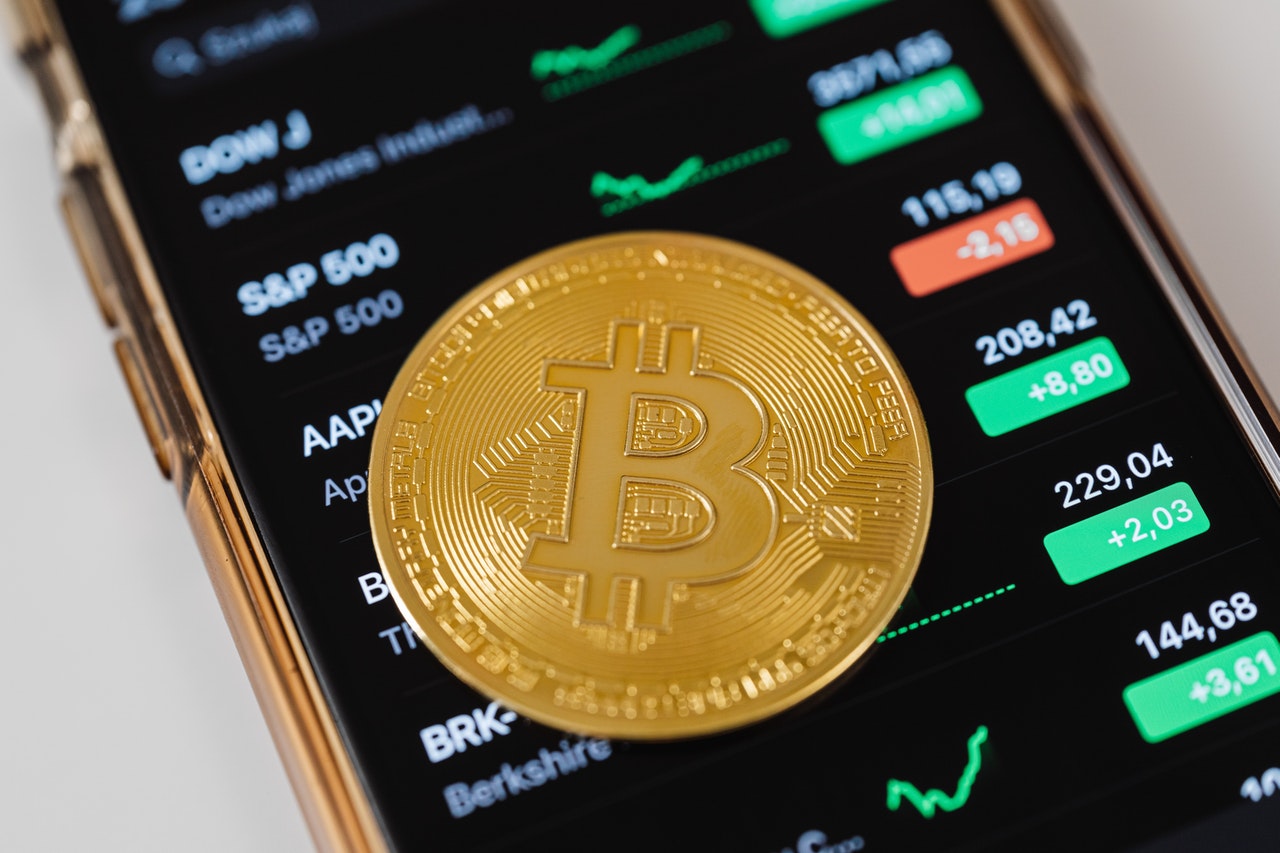Your phone is probably where you manage your crypto. For millions of people, it’s the new bank and wallet, all in one. This convenience is great, but it brings up a big question: is your Android or your iPhone the better tool for the job? This is one of the oldest debates in tech, but the stakes are much higher when you’re talking about managing digital money.

The choice really comes down to a difference in philosophy. Apple’s iPhone is like a secure, walled garden, while Android is more like an open field you can customize. Neither one is automatically better. The right choice for you depends on what you value most: maximum security or maximum flexibility.
This article will break down the key differences to help you decide.
The Security Showdown: Walled Garden vs. Open Field
Security is everything when you’re managing crypto, and this is where the two phones are most different. Apple’s main advantage is its tight control. They make the hardware, the software, and the App Store. Think of the iPhone’s App Store as a high-security apartment building. The building management, which is Apple, has a strict screening process for every tenant, or app, making it very difficult for someone dangerous to get inside. This process is great at catching malicious apps, like fake wallets designed to steal your crypto or “clipper” malware that secretly changes a wallet address when you paste it. Both iOS and Android also use a technique called “sandboxing,” which keeps apps in their own separate containers so they cannot access data from other apps. However, Apple’s implementation is known for being more restrictive, adding another layer of protection.
Android is more like a sprawling neighborhood. There are some very secure, well-built houses, like a high-end Samsung phone, but there are also less secure areas. The Google Play Store does have security, but its screening process is generally less strict than Apple’s. The biggest difference is that Android lets you “sideload” apps, which is like inviting someone into your house without making them go through the front gate. It’s a useful feature if you know what you’re doing, but it’s also the main way people get into trouble with malware. The security of your Android phone really depends on the choices you make.
Operating System Updates and Security Patches
Another critical part of security is how quickly your phone gets updates. This is where the iPhone has a huge advantage. When Apple finds a security flaw, it can send out an update to every supported iPhone in the world at the same time. Older phones get these updates for many years, meaning a five-year-old iPhone is often more secure than a brand-new budget Android. This unified system ensures that the vast majority of users are protected from the latest threats almost immediately.
Android’s open nature creates a challenge here called “fragmentation.” Google creates the main security patch, but it’s up to each phone maker, like Samsung, Motorola, or OnePlus, to apply it to their specific phones. This can take weeks or even months.
If you have a top-of-the-line Google Pixel or Samsung Galaxy phone, you will probably get updates quickly. If you have a cheaper or older device, you might be left waiting a long time for important security fixes, if you get them at all. For guaranteed, fast, and long-term security updates, the iPhone is the clear winner.
App Availability and Wallet Choices
For most people, the selection of crypto apps is great on both platforms. All the big names you’ve heard of, like MetaMask, Trust Wallet, and Exodus, are available for both iPhone and Android users. The top crypto wallets are almost always on both stores, so if you’re sticking to the mainstream, you won’t have any problems. The day-to-day experience using these major apps feels very similar on either device.
The real difference shows up when you get into more niche or brand-new parts of the crypto world. Android’s open system gives it an advantage here. Developers with new or experimental apps often release them on Android first because it’s a faster and easier process. For example, if a new blockchain focused on gaming launches, its first experimental wallet might only be available as a direct download for Android users for a while. If you’re someone who loves to be the first to try new things in crypto, you’ll find more opportunities on Android.
Hardware Wallets and Physical Connections
For anyone serious about crypto security, a hardware wallet is essential. These are small physical devices that keep your private keys offline. How your phone connects to these devices is an important quality of life factor. With an iPhone, you will typically connect to a hardware wallet like a Ledger or Trezor using Bluetooth, or you will need a special adapter to connect a cable to the Lightning port. It works, but it can sometimes feel a bit clunky.
Android phones often offer a smoother experience here. Most modern Androids use a standard USB-C port, which makes connecting a cable to your hardware wallet simple and direct. Many Android phones also have more accessible NFC technology, which allows you to just tap your hardware wallet to the back of the phone to approve a transaction. This small difference in convenience can mean a lot if you are frequently moving assets from your cold storage. For users who prioritize hardware wallet integration, Android often has the edge in ease of use.
Customization and User Experience
Beyond security and apps, the way you use your phone day to day also matters. Android’s biggest strength is flexibility. You can customize almost everything. Imagine having a live feed of your top three crypto assets right on your home screen, next to your calendar. That’s the kind of control Android offers. You can set up detailed widgets to track your portfolio, customize price alerts, and completely change the look of your phone.

The iPhone, on the other hand, is all about simplicity and the ability to sync all your devices seamlessly. The experience is clean, simple, and the same on every device. For many people, this is a huge plus. You don’t have to worry about complicated settings, and there’s less chance of messing something up. The lack of customization isn’t a flaw; it’s a feature designed to create a straightforward, predictable way to manage your sensitive information. If you want a phone that just works without needing a lot of setup, the iPhone is perfect.
The Verdict: Which Is Right For You?
So, which phone should you choose? It really depends on what kind of user you are.
You are an iPhone person if your main concern is security and you want the simplest experience possible. If you trust the App Store to protect you and you mostly use popular, well-known crypto apps, the iPhone is the safer bet.
You are an Android person if you value freedom and customization over a locked-down system. If you are a more experienced user who understands the risks and wants access to the widest variety of apps, Android gives you a level of control that the iPhone just can’t match.
Conclusion
The choice between Android and iPhone for managing crypto is a personal one. It’s the classic trade-off between security and flexibility. The iPhone offers a fortress of simplicity, while Android provides a world of customizable freedom. But no matter which phone you use, the most important security layer is always you. Using strong passwords, turning on two-factor authentication, watching out for scams, and never sharing your secret recovery phrase are the habits that will keep your assets safe. The phone is just the tool; how you use it is what really matters.